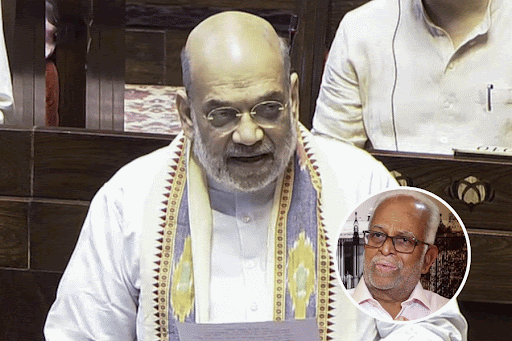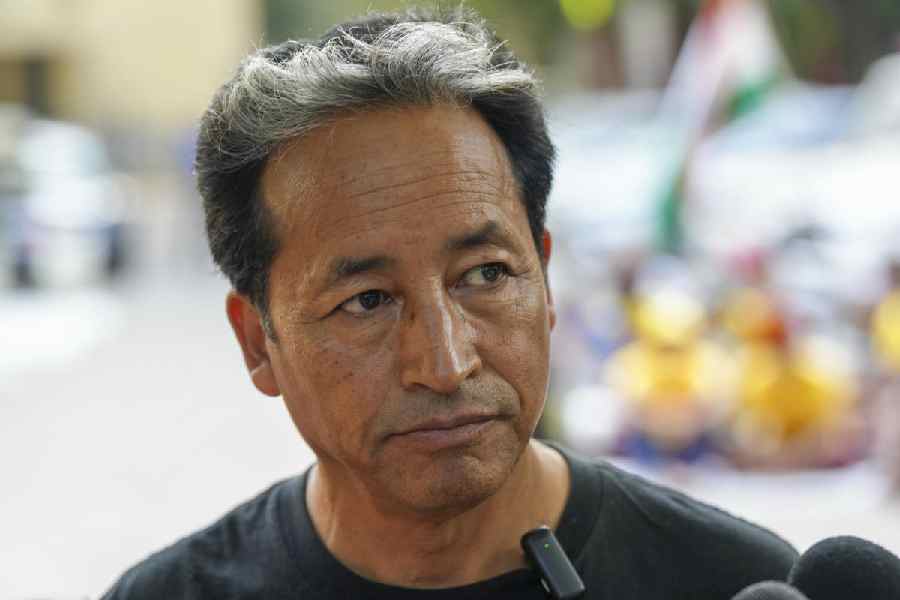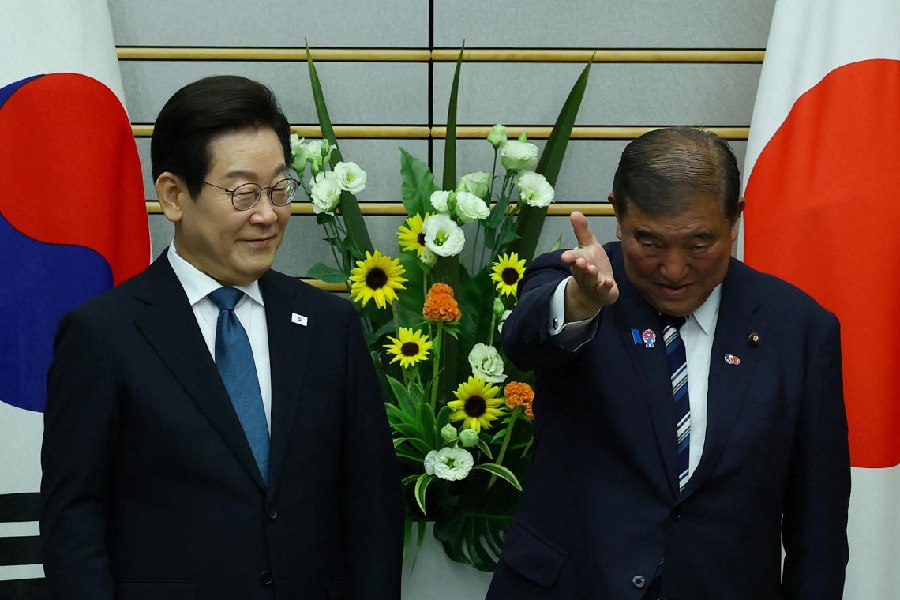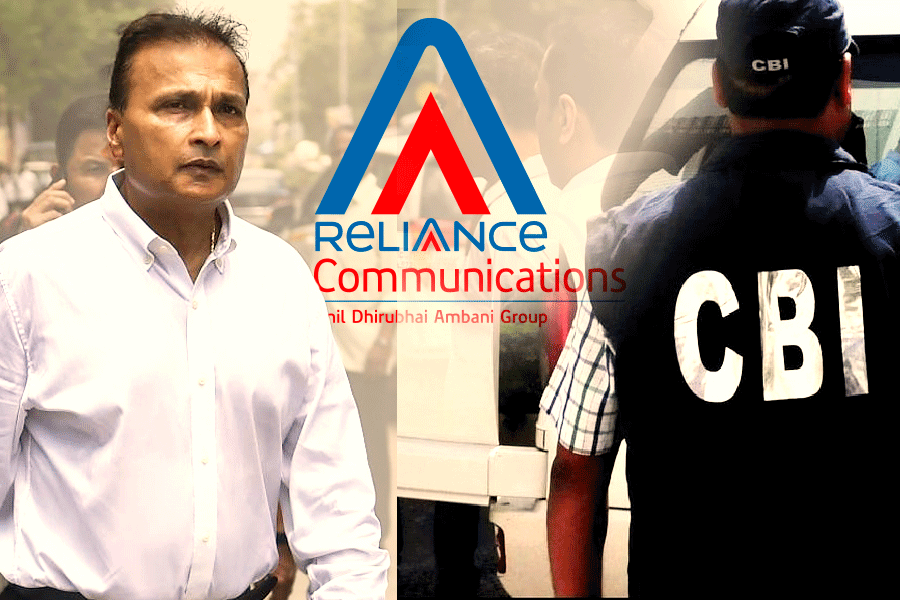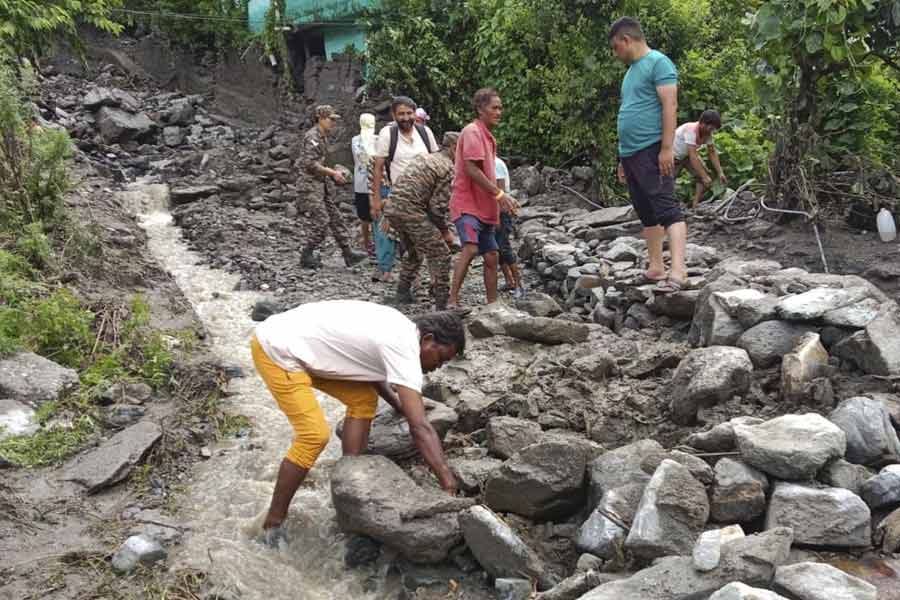Speaking on the Mann ki Baat programme in May, the prime minister, Narendra Modi, urged his countrymen to save "every drop" of rainwater. Someone has at last given water the importance it deserves. Billions of litres of water flow unused to the sea from the rivers every monsoon. People are heedlessly using up underground reserves of water. It seems that we would not realize the worth of water till the well is dry. But if we have a proper plan in place for managing water, a water crisis may never arise.
The first step towards a solution is to preserve rainwater. River water also needs to be saved by building small dams and barrages on main rivers as well as on their tributaries and distributaries. By doing so we can reserve more water for the future and also improve the groundwater level. Further, India needs regional water grids interlinking the rivers of of region. This would be costly but, given the benefits, the expenditure would be worth it.
In the concrete urban jungles, rainwater is not allowed to reached the soil. It is just released in rivers through drains and sewerage channels instead of renewing the groundwater table. Besides, existing waterbodies such as ponds are filled up to increase the land area for new buildings. All the townships use groundwater as their main source of water. The groundwater is getting depleted further as a result. We must stop the mindless use of groundwater. Our urban planners must adopt the following measures in this regard.
First, create more green areas to catch the rainwater, which will freely percolate through the soil. Second, restore all old waterbodies such as reservoirs, lakes, ponds, open wells. Third, construct new reservoirs to save rainwater. This will also lead to a rise in groundwater levels.
Simple solutions
Sewerage channels should have weep holes at the bottom to allow some water to percolate into the ground.
Before approving plans for new buildings, town planners must ensure that some free ground area is exposed to rainwater. Townships should also have provisions for rainwater harvesting. The harvested water should be redirected to bore wells or open wells so that the water table is recharged.
All the apartment complexes must contain garden areas with provisions for the reuse of water for gardening and other such purposes. In the existing apartment complexes, municipal corporations must create an infrastructure for water harvesting. A Nagpur-based non-governmental organization has already started working in 20 sites to install water harvesting equipment. The government should also encourage water harvesting schemes by giving incentives.
Panchala village near Jaipur has adopted simple water conservation methods. As a result, villagers now have overflowing water throughout the year. Villagers can grow up to three crops a year and youngsters do not have to go out looking for work. Women do not have to walk for miles to get water. The drip irrigation method, along with water sprinklers, as well as tanks and dams should go a long way in promoting water harvesting and conservation.
The Mahatma Gandhi National Rural Employment Guarantee Scheme should be focussed on asset creation. It should concentrate on the construction of dams, renovation of existing waterbodies, plantation of trees in areas with water scarcity and micro irrigation works.
As forecast by the meteorological department, the monsoon this year will be above normal. If this monsoon and the following ones are fully utilized and the rainwater is captured - with the government helping the people in this regard - drought and water crisis may become a thing of the past for India.


